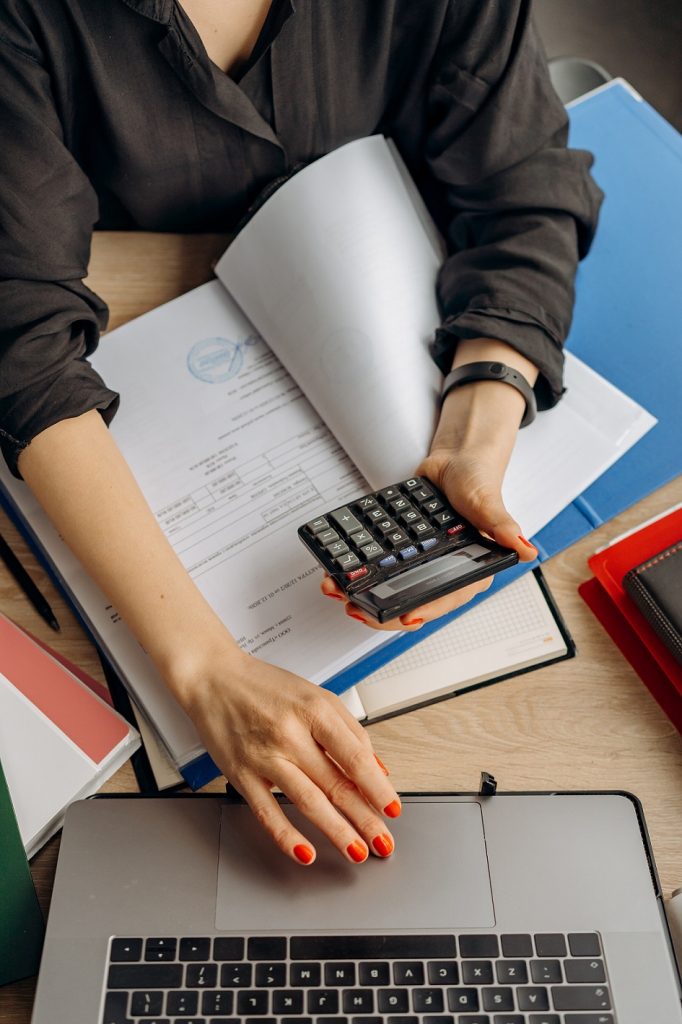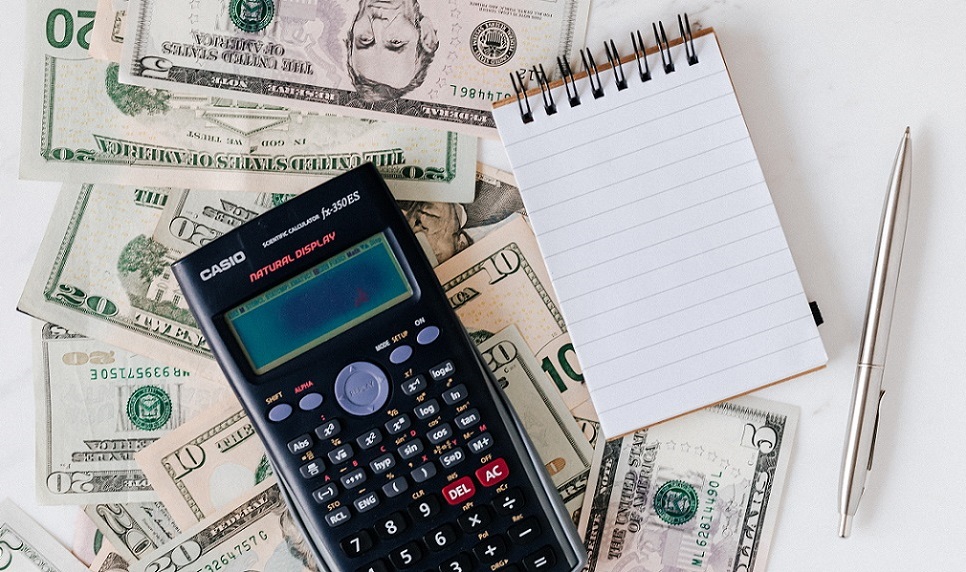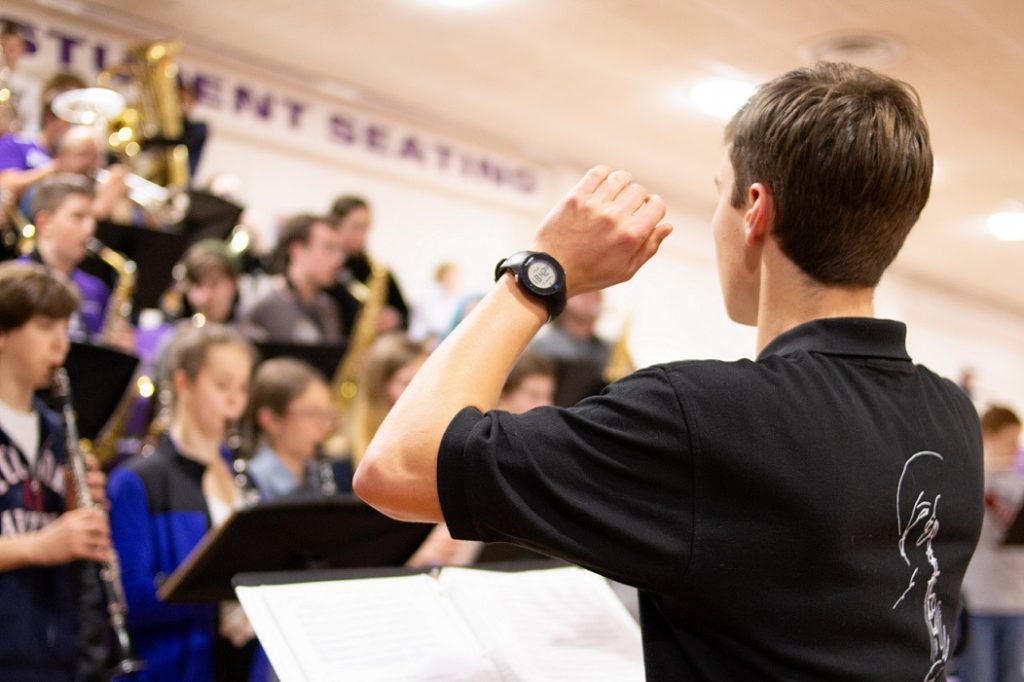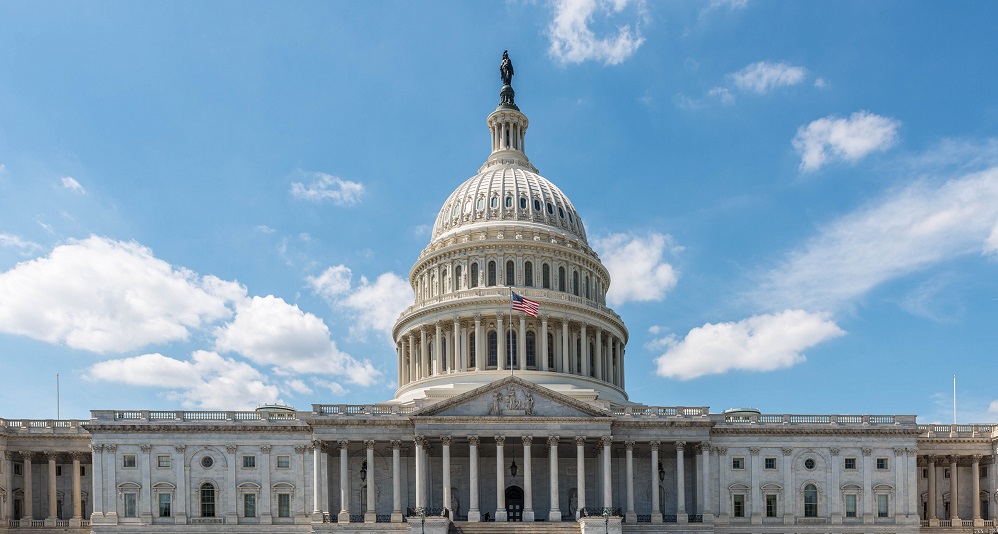Tagged Under:
Key Takeaways from FAQs on ESSER and GEER Funds
COVID-19 relief funds are available for music programs and purchasing instruments. We pulled out highlights from a new FAQ released by the Department of Education.
On May 26, 2021, the U.S. Department of Education released a Frequently Asked Questions (FAQ) on ESSER and GEER funds.
This document helps educators justify how and why they can access these funds for their program. There are 78 questions and answers about COVID-19 relief funds, and while some parts may seem very technical and dry (which they are…), I have pulled out some highlights and key takeaways that you can bring to your principal to access money for your program. As you may know, these funds provide schools with over $200 billion of emergency relief funds to address the impact of the COVID-19 pandemic.
The FAQ document is split into 5 sections:
-
- Overview of ESSER and GEER funds
- Reopening schools safely and promoting the health and safety of students, staff and the school community
- Advancing educational equity in COVID-19 response
- Using ESSER and GEER funds to support educators and other school staff
- Additional fiscal considerations
Click here if you need help decoding the acronyms used in this article.
Show Me the Money
The COVID-19 relief funds (CARES, CRRSA and ARP) give schools money to ensure a safe and healthy return to school, while addressing learning loss and establishing equity. ESSER specifies that there are 15 areas of “allowable use” in every state, and this FAQ clarifies how funds can be used.
“… allowable uses of funds and describe how these funds may be used to implement actionable strategies to meet the urgent needs of students and educators as LEAs and schools work to return to and safely sustain in-person instruction, address the educational inequities that have been exacerbated by the COVID-19 pandemic, and address students’ social, emotional, mental health, and academic needs. …
“The DOE encourages States and LEAs to use the funds described in this document to safely reopen schools, maximize in-person instructional time for all students, and provide opportunities to address the impacts of lost instructional time resulting from the COVID-19 pandemic. When making decisions about how to use ESSER and GEER funds, States and LEAs are encouraged to take into consideration how the funds can be used to address inequities, including focusing supports and services on students from low- income families, students of color, students with disabilities, English learners, students experiencing homelessness, children and youth in foster care, migratory students, children who are incarcerated, and other underserved students who have been disproportionately impacted by the pandemic.”
Before you start asking for funds, you should use these questions to determine if an activity is an allowable use of funds:
- “Is the use of funds intended to prevent, prepare for, or respond to the COVID-19 pandemic, including its impact on the social, emotional, mental health, and academic needs of students?”
- “Does the use of funds fall under one of the authorized uses of ESSER or GEER funds?”
In reading the FAQ, it is apparent that the federal government wants these funds to concentrate on the safe reopening of schools for all students while maintaining safety protocols and advancing educational equity. While these funds have been available for over a year, most educators and even administrators are still learning about how these funds can be used as well as how to access them. We need to do our part to make sure these funds will be used to support music programs in our schools.
Key Takeaways
I want to spotlight a few specific questions. As you begin to draft your plan, these FAQs will help you address concerns from your administrator.
C-2. How may an LEA use ESSER and GEER funds to support students who have lost instructional time due to the COVID-19 pandemic?
Music educators can use these funds for summer opportunities including:
- Marching band sectionals
- Beginning band or string classes
- Producing a musical
- Teaching music technology classes (notation, writing beats, film or video game scoring)
- Bucket drumming ensembles
- General music instruction with recorders or pianicas
Not only can you teach these classes, but these funds can also be used to hire private lesson teachers and coaches.
C-3. How may an LEA use ESSER and GEER funds to support students’ social, emotional, mental health, and academic needs, including by hiring support personnel such as nurses, counselors, and social workers?
 An LEA might also address the needs of students arising from the COVID-19 pandemic by using ESSER and GEER funds to implement or expand arts programs, such as music programs, including purchasing instruments; expand sports programming so more students can participate; or initiate clubs, such as a robotic or STEM club.
An LEA might also address the needs of students arising from the COVID-19 pandemic by using ESSER and GEER funds to implement or expand arts programs, such as music programs, including purchasing instruments; expand sports programming so more students can participate; or initiate clubs, such as a robotic or STEM club.We all know the benefits of music education and how it can support our students’ social, emotional and mental health needs. Why not use this money to start or expand your music programs? Don’t forget that purchasing additional musical instruments and mouthpieces for each student eliminates sharing and falls under allowable use #5 of ESSER funds.
C-25. What kinds of summer programs may ESSER and GEER funds support?
Partnering with a non-profit or community arts-based organization can be beneficial for both your students and the community.
D-1. May an LEA use ESSER and GEER funds to stabilize and support the educator workforce?
If All Else Fails, Don’t Forget Allowable Use #1
The federal government has allocated more money than ever before, and school districts are struggling to keep up with all aspects of the COVID-19 federal relief funds. Over the past months, educators have told me that their district says that “music and the arts don’t fit into the allowable uses.” This is not true. The language for allowable use #1 of the ARP Act states that funds can be used for:
ESEA includes the Every Student Succeeds Act (ESSA), and both spell out that music is a part of a “well-rounded education.”
Action Items
ESSER and GEER funds can be used to pay teacher salaries and avoid layoffs. We must maintain our programs and address our students’ social, emotional and mental health needs. Start now, do your homework and meet with your supervisor to make sure your voice is heard to determine how these funds can be used to support your program.
Additional Resources
Frequently Asked Questions: Elementary and Secondary School Emergency Relief Programs Governor’s Emergency Education Relief Programs
Roadmap to Reopening Safely and Meeting All Students’ Needs
Decoding Acronyms
- ARP Act = American Rescue Plan Act
- CARES Act = Coronavirus Aid, Relief, and Economic Security Act,
- CRRSA Act = Coronavirus Response and Relief Supplemental Appropriations Act
- DOE = U.S. Department of Education
- ESEA = Elementary and Secondary Education Act
- ESSA = Every Student Succeeds Act
- ESSER = Elementary and Secondary School Emergency Relief
- GEER = Governor’s Emergency Education Relief
- LEA = Local Education Agency (aka School District)
- SEA = State Education Agency (aka State Department of Education)
Allowable Uses of ESSER and GEER Funds
ESSER spells out “allowable uses” in each of the COVID-19 federal relief funds. Below is the list of 15 allowable uses from ESSER III, which is part of the ARP act:
-
- Any activity authorized by the ESEA, the Individuals with Disabilities Education Act (IDEA), the Adult Education and Family Literacy Act (AEFLA), or the Carl D. Perkins Career and Technical Education Act of 2006 (Perkins).
- Coordination of LEA preparedness and response efforts with state, local, tribal, and territorial public health departments, and other relevant agencies, to improve coordinated responses with other agencies to prevent, prepare for, and respond to coronavirus.
- Activities to address the unique needs of low-income children or students, children with disabilities, English learners, racial and ethnic minorities, students experiencing homelessness, and foster care youth, including how outreach and service delivery will meet the needs of each population.
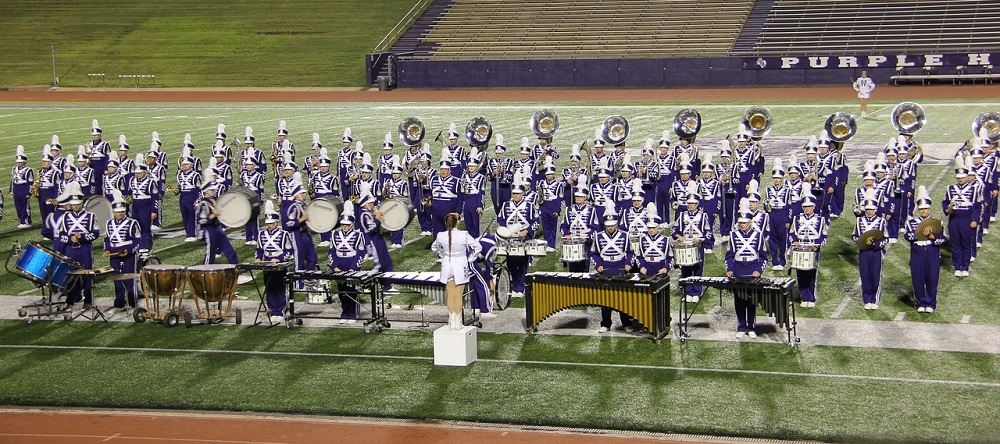 Developing and implementing procedures and systems to improve the preparedness and response efforts of LEAs.
Developing and implementing procedures and systems to improve the preparedness and response efforts of LEAs.- Training and professional development for LEA staff on sanitation and minimizing the spread of infectious diseases.
- Purchasing supplies to sanitize and clean the facilities of an LEA, including buildings operated by such agency.
- Planning for, coordinating, and implementing activities during long-term closures, including how to provide meals, technology for online learning, guidance on IDEA requirements, and ensuring other educational services can continue to be provided consistent with all applicable requirements.
- Purchasing educational technology (including hardware, software, and connectivity) for students served by the LEA that aids in regular and substantive educational interactions between students and their classroom teachers, including low-income students and children with disabilities, which may include assistive technology or adaptive equipment.
- Providing mental health services and supports, including through the implementation of evidence-based full-service community schools.
- Planning and implementing activities related to summer learning and supplemental afterschool programs, including providing classroom instruction or online learning during the summer months and addressing the needs of low-income students, students with disabilities, English learners, migrant students, students experiencing homelessness, and children in foster care.
- Addressing learning loss among students, including low-income students, students with disabilities, English learners, racial and ethnic minorities, students experiencing homelessness, and children in foster care, of the local educational agency, including by
- Administering and using high-quality assessments that are valid and reliable, to accurately assess students’ academic progress and assist educators in meeting students’ academic progress and assist educators in meeting students’ academic needs, including through differentiating instruction.
- Implementing evidence-based activities to meet the comprehensive needs of students.
- Providing information and assistance to parents and families on how they can effectively support students, including in a distance learning environment.
- Tracking student attendance and improving student engagement in distance education.
- School facility repairs and improvements to reduce risk of virus transmission and exposure to environmental health hazards, and to support student health needs.
- Inspection, testing, maintenance, repair, replacement, and upgrade projects to improve the indoor air quality in school facilities, including mechanical and non-mechanical heating, ventilation, and air conditioning systems, filtering, purification, and other air cleaning, fans, control systems, and window and door repair and replacement.
- Developing strategies and implementing public health protocols including, to the greatest extent practicable, policies in line with guidance from the Centers for Disease Control and Prevention for the reopening and operation of school facilities to effectively maintain the health and safety of students, educators, and other staff
- Other activities that are necessary to maintain operations and continuity of services and continuing to employ existing staff.
Yamaha is an active advocate for music education, and we want to empower music educators to strengthen their programs in any way we can. Please register for the Yamaha Educator newsletter to read up on advocacy, professional development, information about instruments, resources, partnerships in education and more. Join the Yamaha Music Educator Community on Facebook or email us at educators@yamaha.com.











